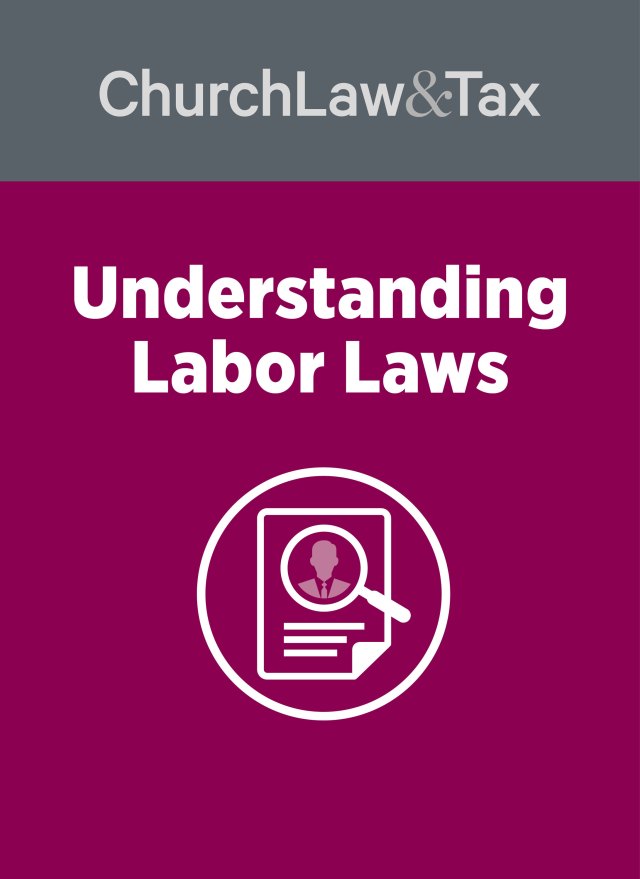Background. Church treasurers should take seriously the threat of an employment discrimination lawsuit. Not only are these kinds of lawsuits a rapidly growing area of litigation, but they often are not covered by a church’s insurance policies. This means that in many cases a church will be forced to hire an attorney and pay all legal fees incurred in the defense of such a lawsuit, in addition to paying any settlement or judgment.
Discrimination laws exist at the federal, state, and sometimes local levels. These laws prohibit various kinds of discrimination by employers against employees and applicants for employment. For example, the most comprehensive federal non-discrimination law is Title VII of the Civil Rights Act of 1964, which prohibits employers that have at least 15 employees and that are involved in interstate commerce from discriminating against an employee in any employment decision (such as hiring, dismissal, fringe benefits, and discipline) on the basis of race, color, national origin, religion, or sex. Other federal laws ban discrimination in employment based on age and disability. There are very limited exemptions for religious organizations under some of these laws.
Key point. Most states have enacted similar laws, and it is much more likely that these will apply to churches since they generally apply to employers with fewer than 15 employees and there is no requirement that the church be engaged in interstate commerce.
Survey of discrimination cases. Recent government data contain information that will be helpful to church leaders in evaluating employment discrimination litigation. Consider the following:
• The number of complaints filed with the EEOC is staggering—more than 87,000 complaints were filed in 1995. This number represents a slight (4 percent) decline over the number of complaints filed in 1994.
• There were an estimated 20,000 employee discrimination lawsuits filed in federal courts in 1995 according to government estimates—up from 8,500 cases filed in 1990. This does not include lawsuits filed in state courts alleging violations of state anti-discrimination laws. But only 410 of the federal lawsuits filed in 1995 were brought by the EEOC (a federal agency that enforces federal civil rights laws). This is only 2 percent of all cases. The rest of the cases were brought by individual employees directly. The EEOC is filing fewer lawsuits than in the past. It brought over 7 percent of all federal discrimination lawsuits in 1990.
Tip. Here is a critical tactical point to consider. Employers win employment discrimination lawsuits far more often when a jury is not involved. For 1994 (the most recent year for which data is available) employee-plaintiffs won 43 percent of employment discrimination cases tried before a jury, but only 22 percent of cases tried before a judge without a jury! Church leaders should keep these results in mind in evaluating whether or not to demand a jury in a discrimination lawsuit.
• Juries are far more generous in awarding money damages than judges. The average jury award in 1990 was $371,000. When judges heard cases without a jury the average award was much less—only $161,000.
Key point. This data further supports the tactical advantage of not demanding a jury in a discrimination lawsuit. Not only is the probability of success much greater for a church or other employer when a jury is not involved, but the damages awarded when the employer loses are much lower.
• Few church leaders realize that the amount of money awarded by both juries and judges in discrimination lawsuits has been declining significantly over the past few years. The average award by a jury was $371,000 in 1990. But by 1994 the average had dropped 73 percent to $102,000! The average award by a judge (without a jury) dropped from $161,000 in 1990 to $36,000 in 1994—a 78 percent drop.
Tip. This information will be useful to church leaders in evaluating whether or not to settle discrimination lawsuits, and if so, for what amount.
This article originally appeared in Church Treasurer Alert, August 1996.




